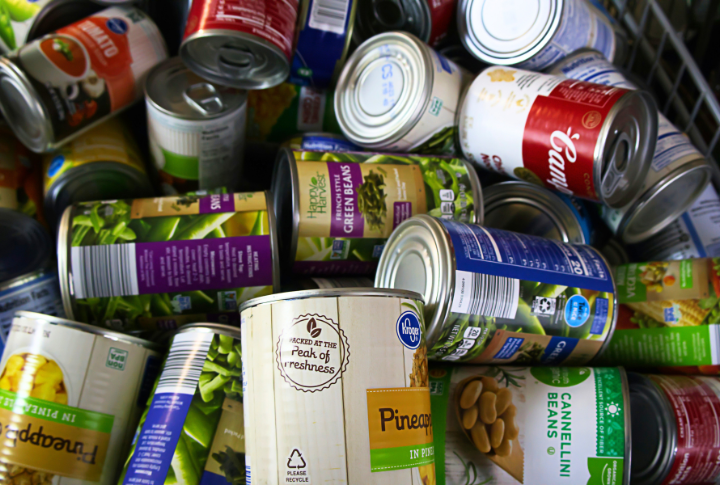
Canned food seems like a great idea until you flip it around. One quick glance at the ingredients, and suddenly, your “simple meal” comes with additives you can’t pronounce. So, let’s take a look at the 20 canned foods better left on the shelf.
Canned Chili
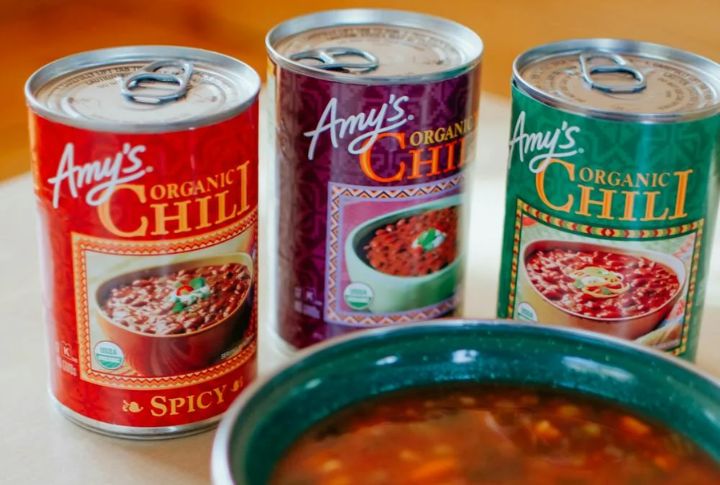
Canned chili might taste like a spicy shortcut, but it’s hiding a salty secret. With up to 1200mg of sodium and preservatives like sodium benzoate, this fiery favorite can sneakily harm your body. Hence, your heart and kidneys might prefer a homemade batch instead.
Canned Creamed Corn
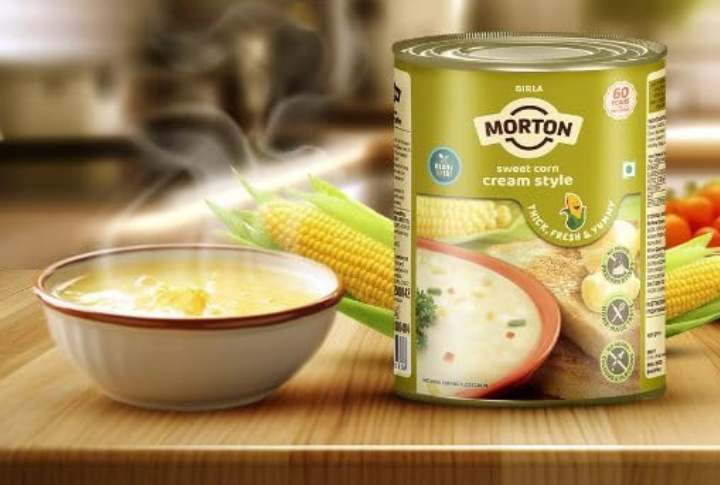
Some canned creamed corn contains as many as five artificial flavors to taste like real corn. Add in extra sugar for that syrupy “creamed” texture, and you’re far from anything grown in a field. Skip the can and whip up your own for a truly nourishing and flavorful option.
Canned Clam Chowder

Did you know one can of clam chowder might include half your daily intake of sodium and 2 grams of trans fats? That creamy texture masks some serious dietary risks. Instead of risking your heart health, try making your own or choose cleaner versions with no sneaky fats.
Canned Coconut Milk

Canned coconut milk can be deceptively indulgent. Just half a cup can pack in hefty saturated fat levels, which may raise blood pressure over time. To make matters worse, some versions include preservatives like potassium metabisulfite, a potential trigger for allergic reactions in sensitive folks.
Canned Baked Beans
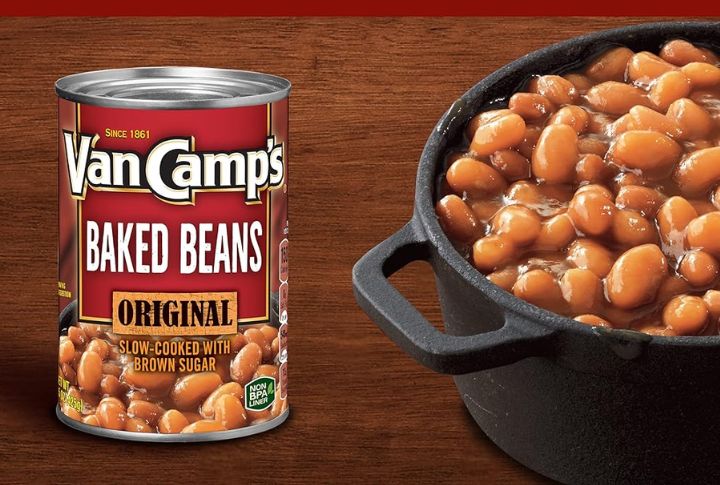
Up to 1,000mg of sodium and 12 grams of sugar in one serving of canned baked beans makes it a fit for this list. Even that cozy side dish might be sweeter and saltier than this “dessert.” While they taste like comfort food, those additives aren’t doing your health any favors.
Canned Tuna
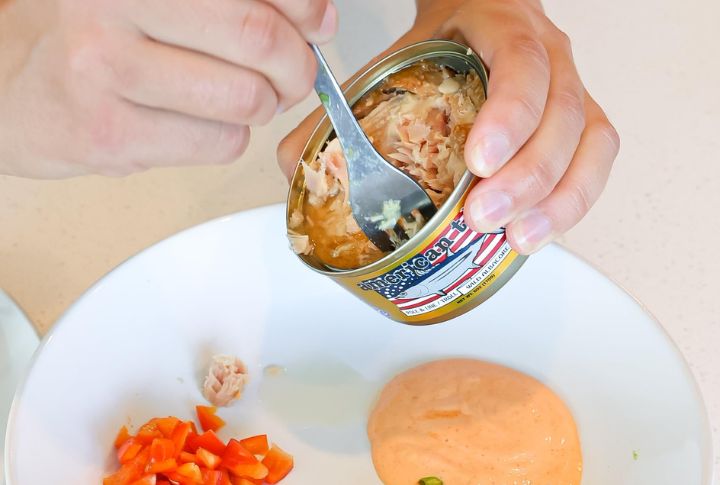
That salty bite in canned tuna? It’s often the brine that packs in excess sodium. And there’s more beneath the lid, as some brands contain mercury levels high enough to cause worry over time. To keep things safer, opt for water-packed tuna and rotate in low-mercury seafood alternatives.
Canned Soup
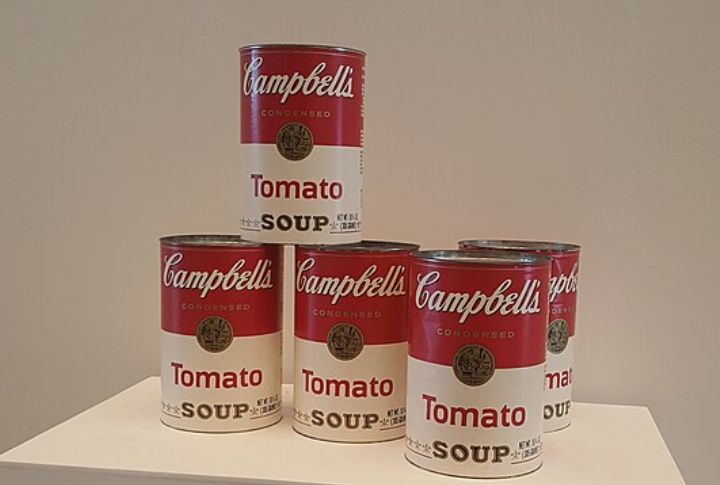
Beneath that steamy surface of canned soup hides a salty secret, as most are packed with sodium and preservatives. The veggies? Often mushy and stripped of nutrients. The meat? Usually processed and far from fresh. Even “healthy” versions can sneak in added sugars and thickeners.
Canned Vegetables
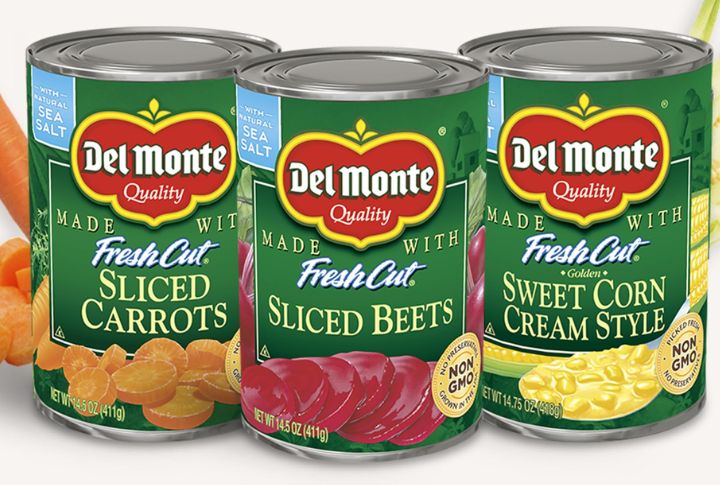
Bright labels don’t mean bright nutrition. Canned vegetables lose key nutrients like vitamin C during processing, especially from high heat. Some varieties even contain added sugar, with sweet peas and carrots carrying up to 5 grams per serving.
Canned Spaghetti And Meatballs
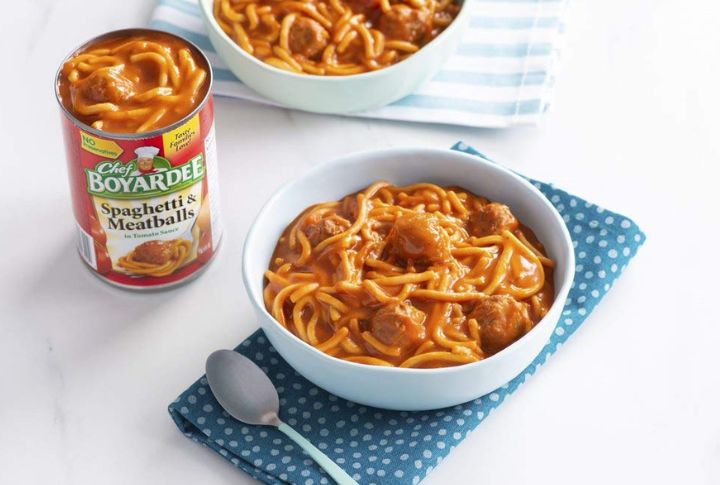
This warm and saucy childhood favorite comes with a side of concern. To mimic real flavor, many canned versions use artificial ingredients and trans fats, which can increase heart disease risk. So skip it and make a simple, healthier version at home.
Canned Chicken Noodle Soup

This one plays the role of comfort food perfectly until you check the label. Allergens like wheat and soy often sneak in, triggering reactions for sensitive eaters. Besides, real comfort comes from fresh broth, simple noodles, and ingredients you can trust.
Canned Ravioli
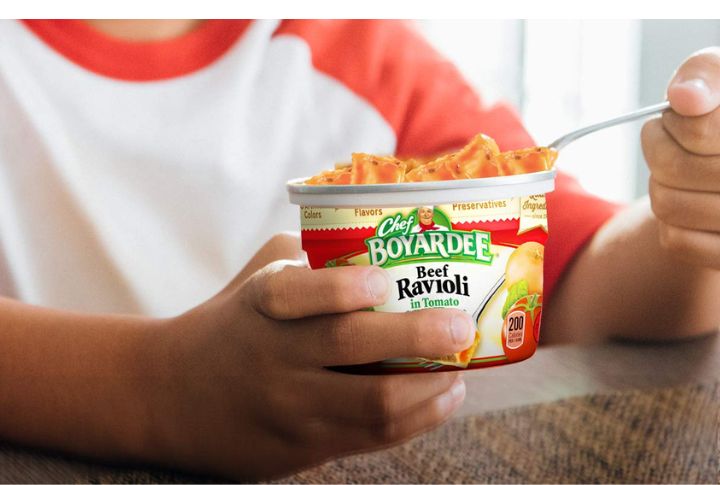
Canned ravioli gets its flavor and staying power from a generous dose of salt, which helps it last longer on the shelf. To mimic the taste of something freshly made, some brands also add in artificial flavors. In fact, a single can holds a mix of up to four flavors.
Canned Corned Beef
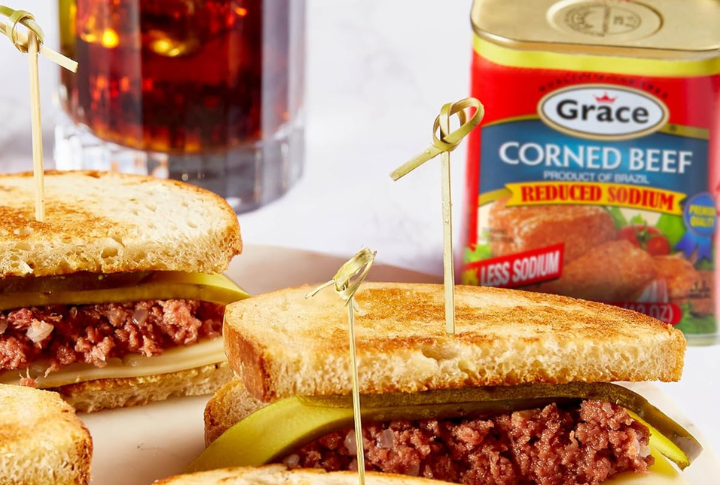
Canned corned beef stays pink and shelf-stable with the help of sodium nitrite, a preservative that also maintains its color. Its one serving can deliver over 50 percent of the recommended daily sodium intake. Hence, that salty punch makes it a heavyweight in the canned food aisle.
Canned Peaches

Sweetness isn’t all that’s packed into canned peaches. During processing, vitamin C and other heat-sensitive nutrients take a major hit. Lastly, to boost flavor, extra sugar is added generously, which converts this once-wholesome fruit to feel more like syrupy indulgence than nourishment.
Canned Sardines

Canned sardines take a salty turn when packed in brine, raising their sodium content considerably. Alongside the salt, there’s another concern hiding in the tin. These tiny fish can contain heavy metals like mercury, reaching levels up to 0.2 parts per million in certain packaged servings.
Canned Vienna Sausages
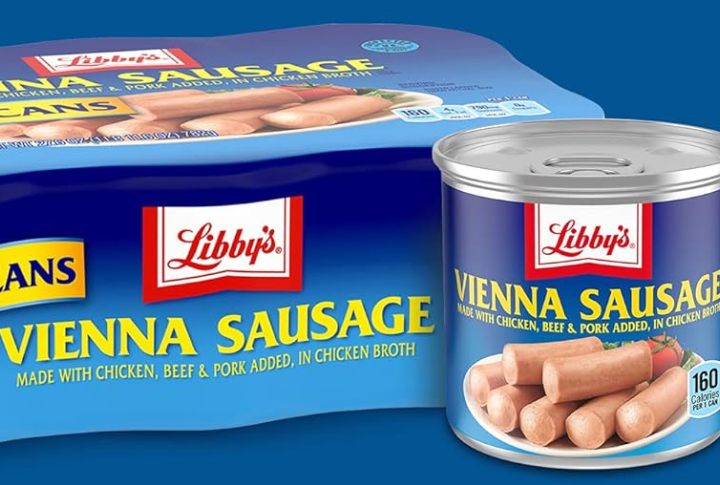
These sausages come with more than just convenience. Salt is loaded in to boost flavor and shelf life, while preservatives like sodium nitrite keep the color looking appetizing. Moreover, one serving can deliver a hefty 600 milligrams of sodium.
Canned Beef Stew
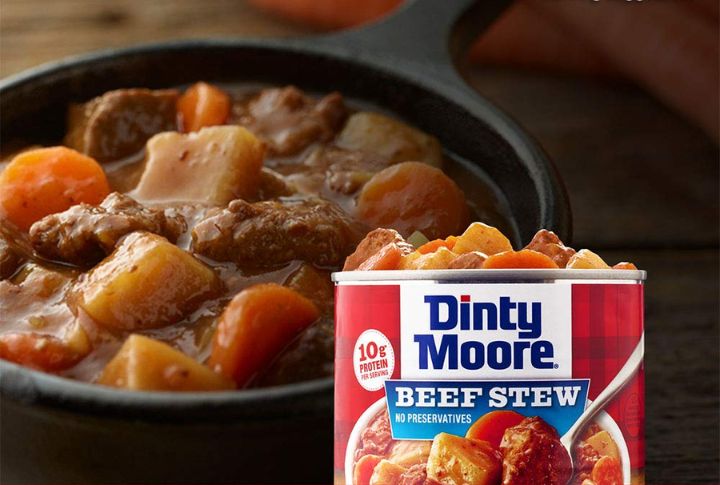
Canned beef stew is considered bad because it’s typically loaded with preservatives and excess salt to extend shelf life and boost taste. The meat can be overly processed, lacking the texture and richness of freshly cooked beef, while the vegetables often turn mushy and bland.
Canned Potted Meat
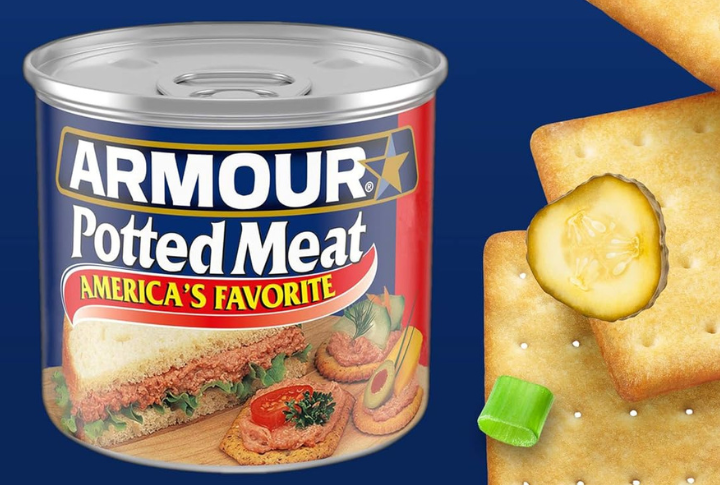
This spreadable, oddly pink concoction may call itself meat, but it’s more of a salty, mushy paste that feels better suited for a fallout shelter than your plate. With its bland flavor, strange texture, and heavy preservatives, it turns what should be a savory treat into a questionable meal.
Canned Cranberry Sauce
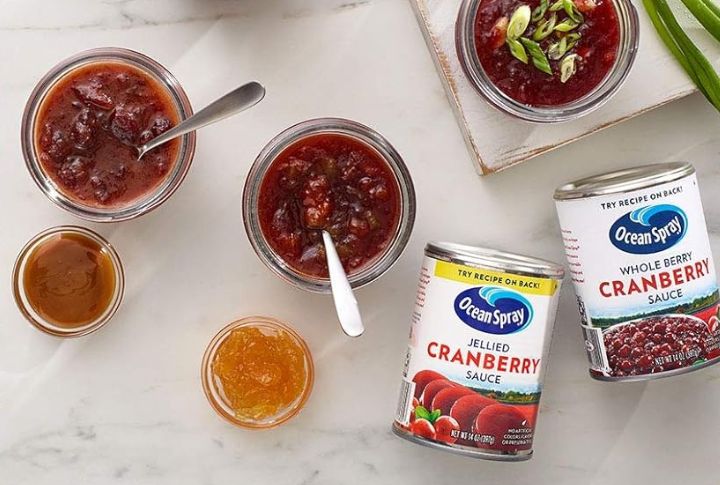
From a health perspective, canned cranberry sauce isn’t the best choice. It’s typically loaded with added sugars, which can contribute to blood sugar spikes. The fruit’s natural antioxidants are diminished during processing, leaving behind a product that offers little nutritional value.
Canned Pineapple
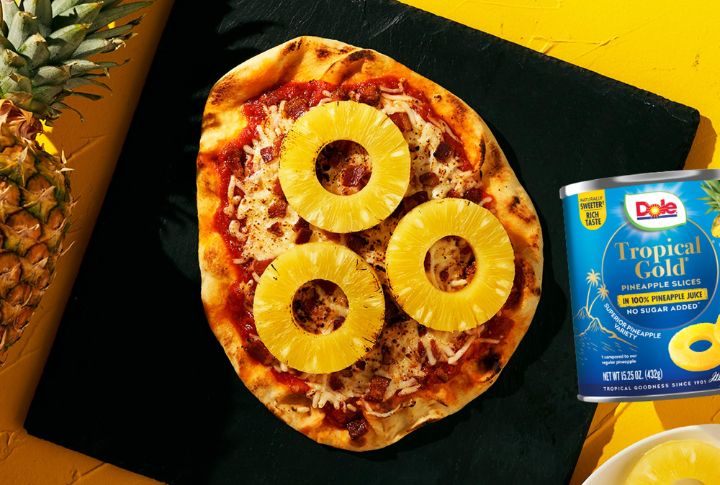
Crack open a can of pineapple, and you get sweet rings swimming in syrup—but not without a catch. For those watching sugar intake or aiming for maximum nutrition, the canned version falls short of its fresh counterpart.
Canned Tomato Sauce
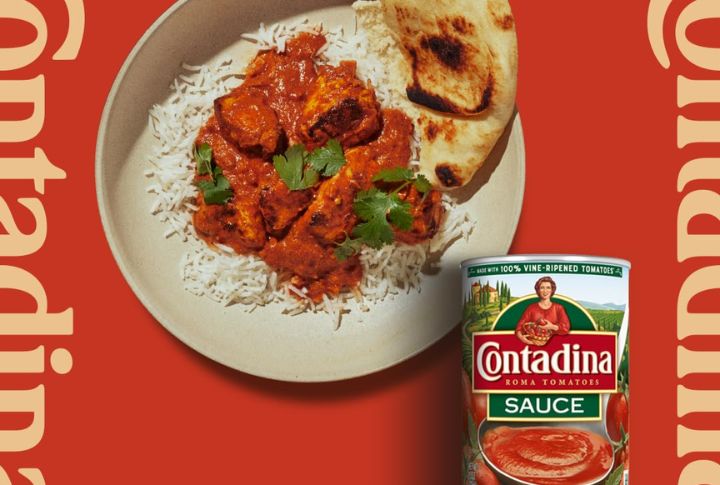
Many versions of canned tomato sauce are high in sodium, which can contribute to a rise in blood pressure when consumed regularly. On top of that, the acidic nature of tomatoes can interact with the can’s lining, potentially leaching unwanted chemicals into the sauce.
Leave a comment